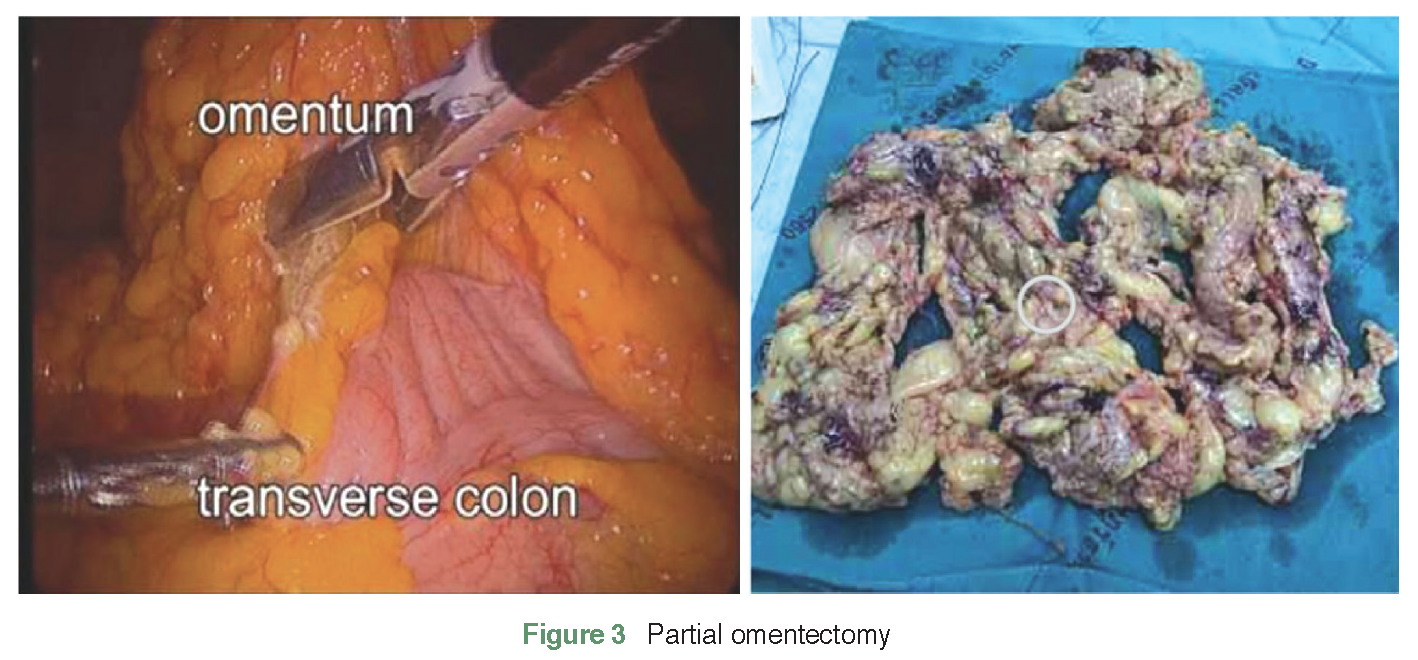Laparoscopic Salvage of Malfunctional Peritoneal Dialysis Catheters. Outcome and Patency in 37 Patients
Keywords:
Peritoneal dialysis, Laparoscopy, Salvage, PatencyAbstract
Background: There are more than 100,000 patients in Thailand who require long-term renal replacement therapy, and the number continues to grow significantly. Peritoneal dialysis is a viable option with some advantages over hemodialysis. However, malfunction of peritoneal dialysis catheters is the major problem in these patients. Laparoscopic salvage of the catheters can resolve the major cause of malfunction.
Objective: To evaluate the success rate and safety of laparoscopic salvage of malfunctioning peritoneal dialysis catheters and the patency of salvaged catheters in Suratthani Hospital.
Methods: In this retrospective descriptive study, 42 patients who underwent laparoscopic salvage of malfunctioning peritoneal dialysis catheters at Suratthani Hospital were included. All the salvage procedures were performed under general anesthesia using one 10 mm and two 5 mm ports. The various techniques to rescue catheter function included re-positioning the catheter with pelvic fixation, clearing the fibrin clot/sheath, freeing up the omental, adhesion, and partial omentectomy. All patients were followed up for at least 6 months or until using peritoneal dialysis discontinuing.
Results: A total of 42 laparoscopic salvage of catheter malfunctions were attempted and succeeded in 37 cases. The mean operative time was 62.4 minutes. The omental wrapping was the most common cause of catheter malfunction (62.1%). The catheter patency rate was 83.7%, 62.1%, 45.94%, and 24.32% at 1 month, 6 months, 12 months, and 24 months respectively.
Conclusion: Laparoscopic salvage of malfunctioning peritoneal dialysis catheters seems feasible and safe to recuse and prolong peritoneal dialysis catheter usage. Our findings will provide insight for surgeons in salvaging peritoneal dialysis catheter malfunction.
References
Kanjanabuch T, Takkavatakarn K. Global Dialysis Perspective: Thailand. Kidney360. 2020;1:671-75. doi:10.34067/KID.0000762020.
Saklyen MG. CAPD peritonitis. Incidence, pathogens, diagnosis, and management. Med Clin North Am. 1990;74:997-1010. doi:10.1016/s0025-7125(16)30532-6.
Jameson MD, Wiegmann TB. Principles, uses, and complications of hemodialysis. Med Clin North Am. 1990;74:945-60. doi:10.1016/s0025-7125(16)30528-4.
McCormick BB, Bargman JM. Noninfectious complications of peritoneal dialysis: implications for patient and technique survival. J Am Soc Nephrol. 2007;18:3023-5. doi:10.1681/ASN.2007070796.
Farooq MM, Freischlag JA. Peritoneal dialysis: an increasingly popular option. Semin Vasc Surg. 1997;10:144-50.
Adamson AS, Kelleher JP, Snell ME, et al. Endoscopic placement of CAPD catheters: a review of one hundred procedures. Nephrology, Dialysis, Transplantation. 1992;7:855-57. doi:10.1093/ndt/7.8.855.
Gadallah MF, Arora N, Arumugam R, et al. Role of Fogarty catheter manipulation in management of migrated, nonfunctional peritoneal dialysis catheters. Am J Kidney Dis. 2000;35:301-5. doi:10.1016/s0272-6386(00)70340-4.
Ogünç G. Malfunctioning peritoneal dialysis catheter and accompanying surgical pathology repaired by laparoscopic surgery. Perit Dial Int. 2002;22:454-62.
Ozyer U, Harman A, Aytekin C, et al. Correction of displaced peritoneal dialysis catheters with an angular stiff rod. Acta Radiol. 2009;50:139-43. doi:10.1080/02841850802631983.
Santarelli S, Zeiler M, Marinelli R, et al. Videolaparoscopy as rescue therapy and placement of peritoneal dialysis catheters: a thirty-two case single centre experience. Nephrol Dial Transplant. 2006;21:1348-54. doi:10.1093/ndt/gfk041.
Goh YH. Omental folding: a novel laparoscopic technique for salvaging peritoneal dialysis catheters. Perit Dial Int. 2008;28:626-31.
Kim SH, Lee DH, Choi HJ, et al. Minilaparotomy with manual correction for malfunctioning peritoneal dialysis catheters. Perit Dial Int. 2008;28:550-4.
Campisi S, Cavatorta F, Ramo E, Varano P. Videolaparoscopy with partial omentectomy in patients on peritoneal dialysis. Perit Dial Int. 1997;17:211-2.
Lee M, Donovan JF. Laparoscopic omentectomy for salvage of peritoneal dialysis catheters. J Endourol. 2002;16:241-4. doi:10.1089/089277902753752214.
Kumar S, Singh S, Sharma AP, et al. A Novel Technique for Laparoscopic Salvage of CAPD Catheter Malfunction and Migration: The Santosh-PGI Hanging Loop Technique. Case Rep Nephrol. 2015;2015:684976. doi:10.1155/2015/684976.
Bae IE, Chung WK, Choi ST, Kang J. Laparoscopic internal fixation is a viable alternative option for continuous ambulatory peritoneal dialysis catheter insertion. J Korean Surg Soc. 2012;83:381-7. doi:10.4174/jkss.2012.83.6.381.
Salgaonkar HP, Behera RR, Sharma PC, et al. Minimally invasive surgery for salvage of malfunctioning peritoneal dialysis catheters. J Minim Access Surg. 2019;15:19-24. doi:10.4103/jmas.JMAS_184_17.

Downloads
Published
How to Cite
Issue
Section
License
Copyright (c) 2023 The Royal College of Surgeons of Thailand

This work is licensed under a Creative Commons Attribution-NonCommercial-NoDerivatives 4.0 International License.
Articles must be contributed solely to The Thai Journal of Surgery and when published become the property of the Royal College of Surgeons of Thailand. The Royal College of Surgeons of Thailand reserves copyright on all published materials and such materials may not be reproduced in any form without the written permission.


